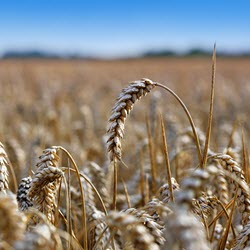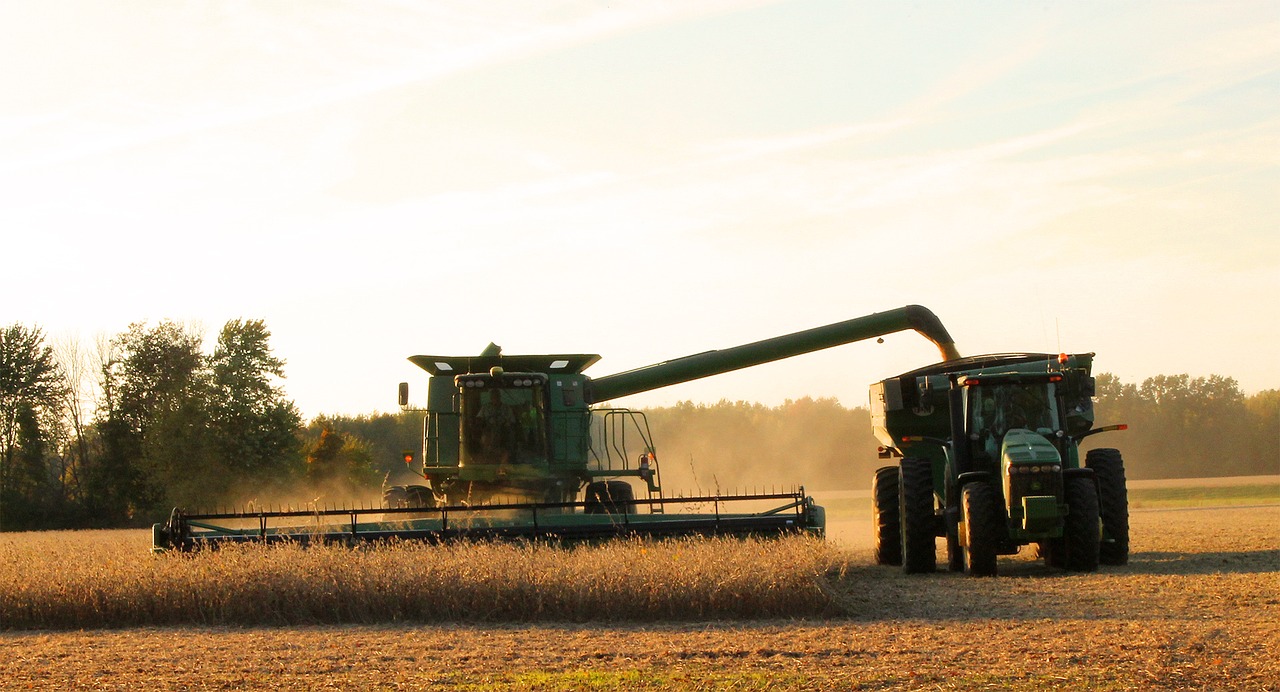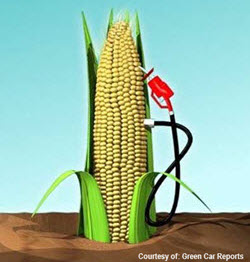Communicating importance of value-added products

Facing increasing pressure to quantify the value of export promotion efforts to investors, a U.S. industry organization retained WPI to develop a quantitative model that better communicated the importance of exports. The resulting model concluded that value-added meat exports contributed $0.45 cents per bushel to the price of corn, increasing support for that sector’s financial support of WPI’s client. In addition to serving the red meat industry with this type of analysis, WPI has generated similar deliverables for the U.S. soybean and poultry/egg industries.

 Friday’s strength in CBOT and broader global ag commodity futures was simply a foreshadowing of the rallies that would develop on Monday. Heading into the weekend, markets were jittery on perceived weather risks, many of which turned out to be prescient. Over the weekend, parts of the U.S...
Friday’s strength in CBOT and broader global ag commodity futures was simply a foreshadowing of the rallies that would develop on Monday. Heading into the weekend, markets were jittery on perceived weather risks, many of which turned out to be prescient. Over the weekend, parts of the U.S...
 Update for 1 April 2024: Last year, users pointed out differences between the 5-year averages reported in this app and what USDA estimates in its weekly report. The difference exists because WPI calculates average based on the last 5 years of observations for the current week. In cases where ob...
Update for 1 April 2024: Last year, users pointed out differences between the 5-year averages reported in this app and what USDA estimates in its weekly report. The difference exists because WPI calculates average based on the last 5 years of observations for the current week. In cases where ob...
 Agriculture is both water and energy. As a prime input to food production, agriculture has long been characterized as the exporting of water. Now it is increasingly the exporting of energy. U.S. ethanol exports rose 16 percent over the past two years and are up 30 percent for the first two mont...
Agriculture is both water and energy. As a prime input to food production, agriculture has long been characterized as the exporting of water. Now it is increasingly the exporting of energy. U.S. ethanol exports rose 16 percent over the past two years and are up 30 percent for the first two mont...